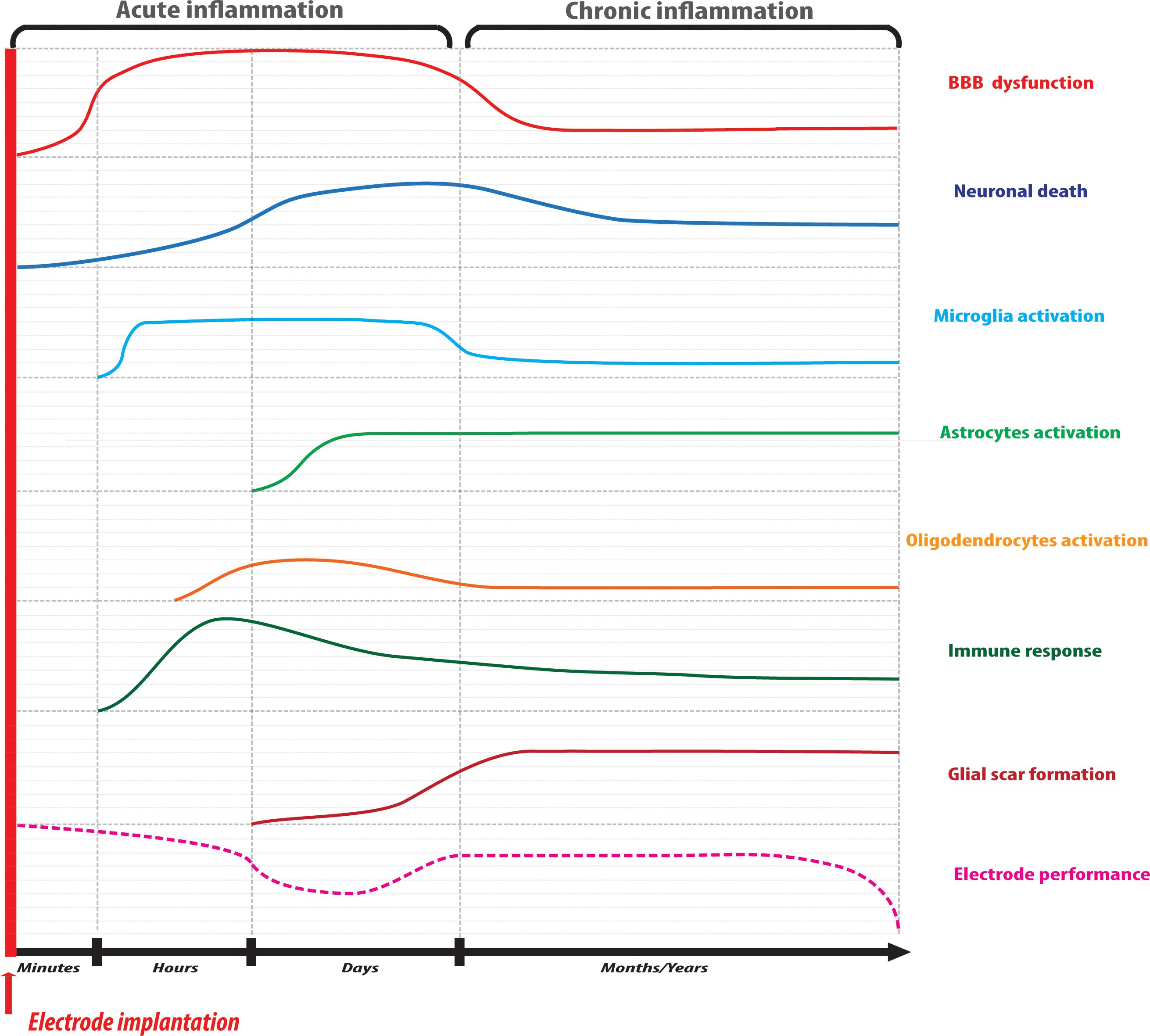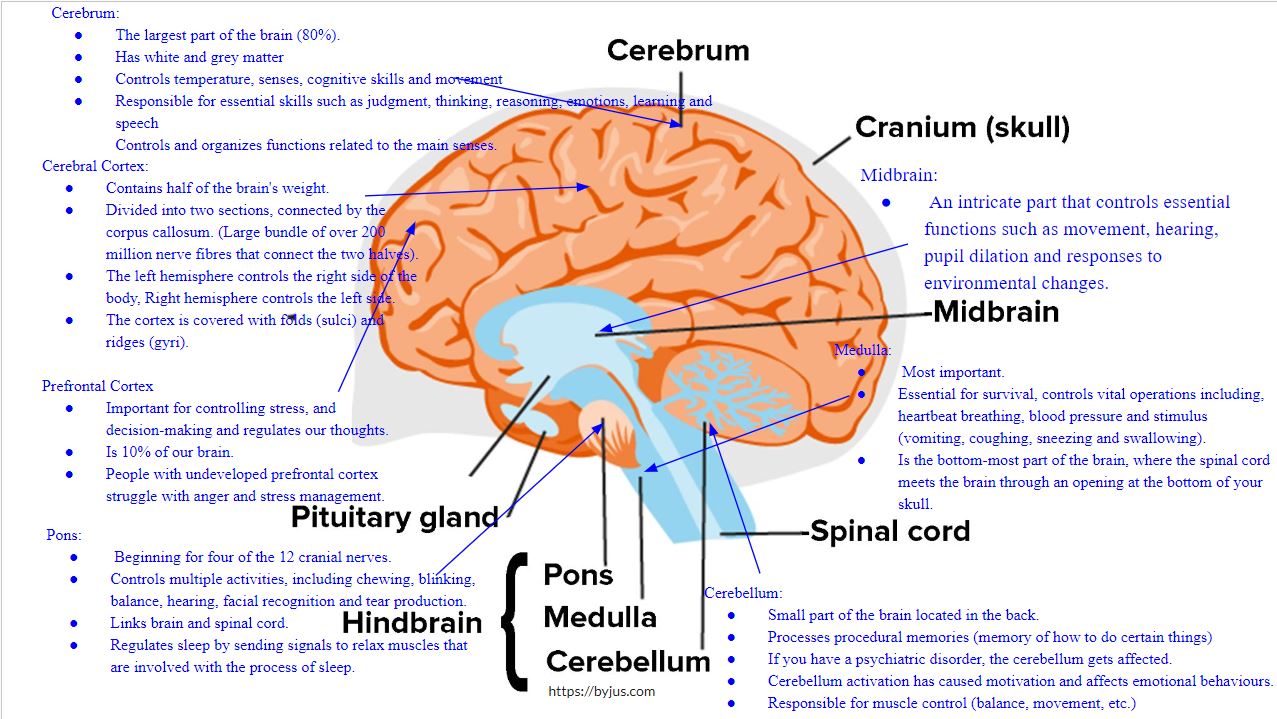Neural Implants: The Future of the Brain
Grade 8
Presentation
No video provided
Problem
What is the future of Neural implants and will they be implemented into our daily lives?
Method
What we will be researching:
- What are neural implants and how they will affect our future.
- How they are inserted into the brain.
- A case study on neural implants.
- The pros and cons of neural implants.
- How the implants connect to the brain.
- What are neurons?
Research
Deep Brain Stimulation
Deep Brain Stimulation, otherwise known as DBS, is the process of implanting electrodes in the brain. Electrodes are electrical conductors that can carry an electrical conduct. The whole point of DBS was to treat major movement disorders such as Parkinson's. Studies are being done to see if a DBS could solve other types of disorders. The impulses that are generated by the Electrodes help treat certain medical conditions by changing the activity in the game. A DBS will alter some of the regions of the brain, which will in return alleviate the disorder. The process of implanting the DBS is complex, and doctors have to use an MRI to figure out what part of the brain to target. Electrodes are then surgically implanted into the brain using a thin probe. A pulse generator that is already implanted will be connected to the probe. Later, a neurology specialist will help program the strength of the signal based on the disorder. The strength of the signal will be changed according to the circumstances. Since implanting a DBS requires major brain surgery, there is a potential for risk. The main problem with DBS is that it can inhibit neuronal activity because of the release of unsafe neurotransmitters such as GABA. It can also mildly change your personality. DBS has already been implemented in some patients and has had positive implications on our society.
Neurons
What are neurons?
- Neurons are basic units of the nervous system.
- Responsible for interacting with *Neurotransmitters
- They use electrical and chemical signals to communicate.
- Neurons have parts like dendrites and axons.
- Dendrites receive signals; axons send them.
- Communication happens at synapses.
- Neurons create electrical impulses (action potentials).
- Some neurons have myelin, making signals travel faster.
*Chemical that is released at nerve fibres by nerve impulses.
How are Neural Implants Inserted
Implants:
The implant works by a surgical robot removing a small portion from the skull, which is then replaced by the brain chip. It then connects to the brain and allows it to do numerous functions, such as monitoring it, etc.
A process called gilotic response separates the implant with the surrounding tissue. This ensures that there will be no severe damage done to the brain. The implants are placed where is can connect to the neurons surrounding it and can allow the brain to do numerous functions.
Most recently, implants are being inserted by slitting the back of the neck, and then it is stitched up.
How Neural implants interact with Neurons
The implants interact with neurons and are used to record activity.
What happens is the implants send bursts of electricity to the neurons, which helps communicate with them.
Neuro-Electrophysiological recording: Recording of electrical signals from the nervous system.
Signals are translated to action outside the body. -Dr. Leah Croll.
Using neural implants, scientists can learn so much about the brain.
Pros of Neural Implants
- Can revolutionize communication
-For example, Neuralink is focusing on helping
mute people communicate by sending messages
through thought.
- Can restore impaired senses
-All of these problems have potential to be solved by sending diagnosed neurons and signals to places with a lack of them
- It can also diagnose the problems by analyzing the signals.
Cons of Neural Implants
- It can be misused: Could be a risk of governments using them for surveillance.
- Potential for scarring during the insertion.
- Could be hacked: Hackers could access your implant and do anything to your brain.
- Risk of Brain *Hemorrhage (Implant could be placed incorrectly and could tear the brain tissue)
- Potential for headaches and other mental issues (If there is the disturbance of **serotonergic neurotransmission)
- Device could malfunction.
*Bleeding in brain tissue
**Serotonin is a neurotransmitter that carries messages and controls certain emotions. When there is a disturbance of the messages being carried through the nerves, headaches can occur.
Neuralink
Neuralink is a well-known and expanding company that makes neural implants, the company's founder is the richest man in the world, Elon Musk and everyday he is working towards developing and making advancements on his company. Human trials have just begun. It was recently inserted into a monkey’s brain, and the monkey was able to type words just using its mind. Neuralink is a complicated system and to understand it, we must first delve into the human brain. The brain has a communication system and communication happens through electrical signals, then they are transferred through cells called neurons. Neuralink works by intercepting these electrical signals, and it then decodes the information that's passing through it. Neuralink can then transfer the information from the brain to devices such as your phone, so it is a very efficient monitoring device that monitors your brain from the inside. It specializes in the control of electronic devices using your brain. It also can help reconnect pathways from the body to the brain, which will help paralyzed people.
Data
Has the potential to solve these problems:
Implications of neural implants:

Conclusion
After analyzing multitudes of research, we have finally come to the conclusion. Brain chips can be implemented into our daily lives after a decade or so. Maybe even earlier! Neural Implants have already helped disabled people use technology and with the expansion of Neuralink new technology continues to expand. The raw amount of research has been a driving force in the success of Neural Implants.
Citations
- https://spectrum.ieee.org/what-is-neural-implant-neuromodulation-brain-implants-electroceuticals-neuralink-definition-examples
- https://my.clevelandclinic.org/health/body/22638-brain
- https://www.hopkinsmedicine.org/health/conditions-and-diseases/anatomy-of-the-brain
- Pros And Cons Of Neuralink - An In-Depth Look At The Technology (scifilogic.com)
- (41) The Pros and Cons of Neuralink - YouTube
- http://www.cando.ac.uk/learnmore/deepmindresources/Brain%20machine%20interface%20timelines.pdf
- https://youtu.be/nIQnC93XnrI?si=7rHTLj-lvh_Z8nuV
- https://youtu.be/aFXfLPiTwd8?si=rK1IaGa7-38ZoZLD
- Neuralink, Explained - YouTube
- https://www.ncbi.nlm.nih.gov/pmc/articles/PMC5864293/#:~:text=Serotonin%20is%20perhaps%20best%20known,widely%20in%20psychiatry%20and%20neurology
- https://www.sciencedirect.com/topics/nursing-and-health-professions/neurological-implant#:~:text=During%20neural%20implantation%2C%20a%20cellular,term%20efficacy%20of%20neural%20prostheses.
- https://www.wired.com/story/the-race-to-put-brain-implants-in-people-is-heating-up/
- https://neuralink.com/
- https://www.ncbi.nlm.nih.gov/pmc/articles/PMC4304489/
- https://www.sciencedirect.com/topics/medicine-and-dentistry/brain-implant#:~:text=For%20example%2C%20in%20the%20case,attempt%20to%20regulate%20abnormal%20impulses.
- https://www.mayoclinic.org/tests-procedures/deep-brain-stimulation/about/pac-20384562
- https://study.com/learn/lesson/electrode-overview-types-examples.html#:~:text=The%20electrode%20is%20defined%20as,in%20the%20manufacturing%20of%20electrodes
- https://www.mayoclinic.org/tests-procedures/deep-brain-stimulation/about/pac-20384562#:~:text=Deep%20brain%20stimulation%20(DBS)%20involves,brain%20that%20cause%20medical%20conditions.
- https://youtu.be/kaThzeghWnM?si=hLHxJf7vS0eav9ti
- https://www.hopkinsmedicine.org/health/treatment-tests-and-therapies/deep-brain-stimulation
- https://my.clevelandclinic.org/health/treatments/21088-deep-brain-stimulation
- https://www.aans.org/en/Patients/Neurosurgical-Conditions-and-Treatments/Deep-Brain-Stimulation
- https://mayfieldclinic.com/pe-dbs.htm
Acknowledgement
We acknowledge our parents for helping us a lot with my trifold and the presentation in general.
We thank Mr. Rip for helping and guiding us throughout our presentation. He is also the reason we had science fair.
We thank Mr. Klaason for helping us with our trifold.
We thank the principal and vice principal for making science fair a thing in our school.


